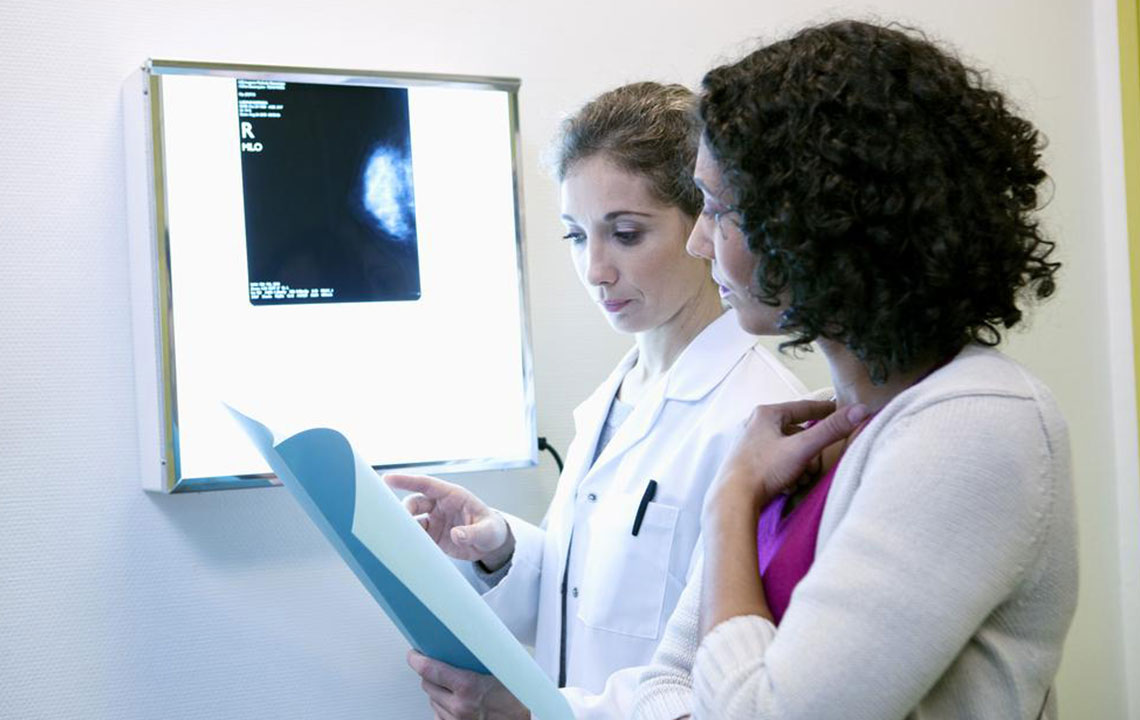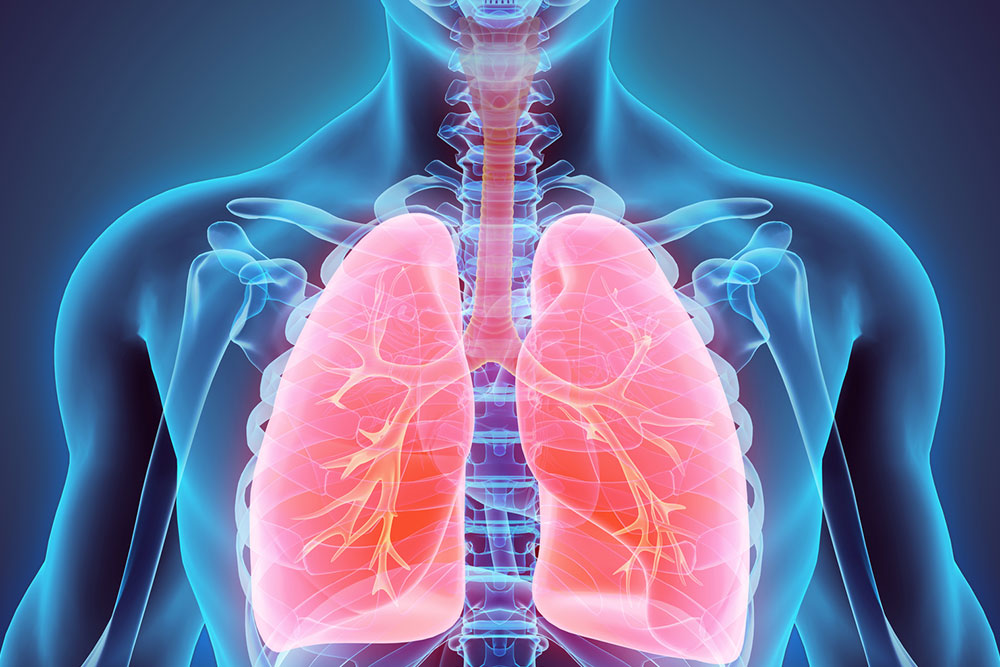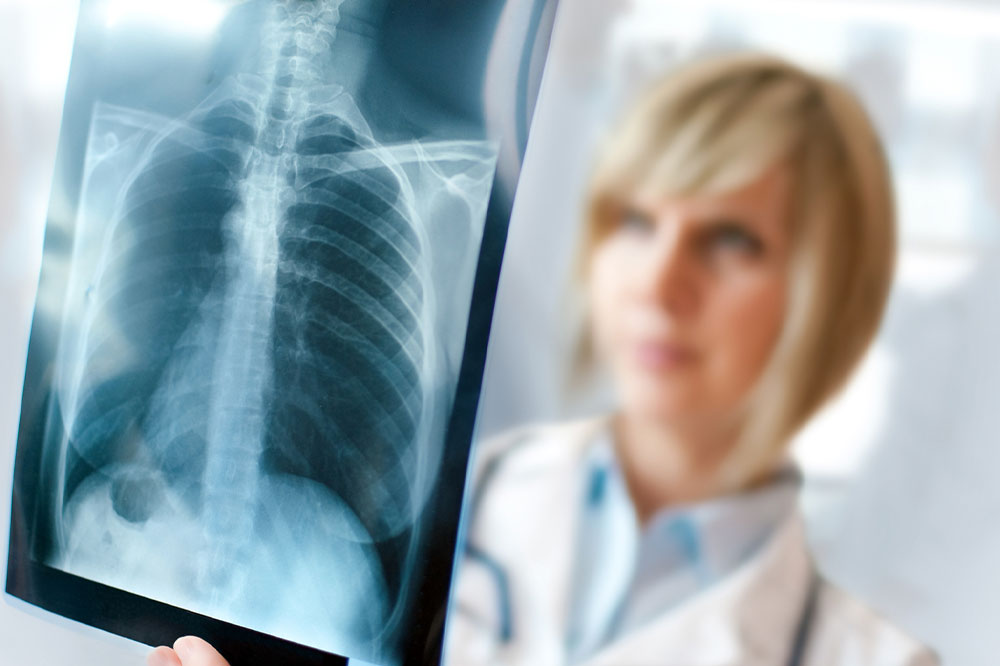In-Depth Exploration of HER2-Positive Breast Cancer: Causes, Diagnosis, and Cutting-Edge Treatments
This comprehensive guide explores HER2-positive breast cancer, highlighting its causes, symptoms, advanced diagnostic methods, and cutting-edge treatment options. Emphasizing personalized care, the article provides valuable insights into managing this aggressive yet treatable form of breast cancer, emphasizing early detection and multidisciplinary approaches for better outcomes.

In-Depth Exploration of HER2-Positive Breast Cancer: Causes, Diagnosis, and Cutting-Edge Treatments
Breast cancer remains one of the most prevalent and concerning health issues affecting women worldwide. Among its various subtypes, HER2-positive breast cancer stands out due to its aggressive nature and unique biological characteristics. This form of breast cancer is characterized by an overexpression of the human epidermal growth factor receptor 2 (HER2), a protein that promotes cell growth and division. Understanding the intricacies of HER2-positive breast cancer is crucial for early detection, effective treatment, and improving patient outcomes.
This comprehensive guide aims to shed light on the causes, clinical features, diagnostic methods, and the latest treatment options available for HER2-positive breast cancer. It aims to equip patients, caregivers, and healthcare professionals with detailed insights into this challenging disease, emphasizing the importance of personalized care and advancing medical research.
HER2-positive breast cancer accounts for approximately 15-20% of all breast cancer cases. The overexpression of HER2 results from genetic alterations leading to an excess of the HER2 protein on the surface of cancer cells. This overabundance accelerates tumor growth and increases the likelihood of metastasis, making it more aggressive than other breast cancer types.
Detecting HER2 positivity is a critical step in diagnosis, as it influences treatment planning. The clinical presentation may include typical breast cancer symptoms such as palpable lumps, swelling, skin dimpling, nipple retraction, or pain. Additionally, some patients may notice skin changes or nipple discharge, which can serve as early warning signs.
To accurately diagnose HER2-positive breast cancer, pathologists perform specific laboratory tests. Immunohistochemistry (IHC) is used to evaluate the presence and level of HER2 proteins on tumor cell surfaces. Fluorescence in situ hybridization (FISH) provides a genetic overview by identifying the number of copies of the HER2 gene within tumor cells, confirming gene amplification. Other methods like Chromogenic In Situ Hybridization (CISH) and Silver-enhanced In Situ Hybridization (SISH) visualized under a microscope, further aid diagnosis by counting HER2 gene copies precisely.
Understanding the diagnostic process is vital for proper disease classification, as HER2 status directly affects treatment options. Accurate testing ensures that targeted therapies, like trastuzumab, are appropriately administered, significantly improving the prognosis for patients diagnosed with HER2-positive breast cancer.
Once a diagnosis is established, a multidisciplinary approach combines various treatment modalities tailored to each patient’s unique case. The core options include surgery, chemotherapy, radiation therapy, targeted therapy, hormone therapy, and participation in clinical trials. This comprehensive approach aims not only to eradicate the primary tumor but also to prevent recurrence and manage metastatic disease.
**Surgical interventions** are often the first step, involving procedures like lumpectomy (removal of the tumor with surrounding tissue) or mastectomy (removal of the entire breast), depending on tumor size, location, and patient preference. Lymph node removal during surgery helps assess the spread of cancer and guides further treatment decisions.
**Chemotherapy** employs powerful drugs to kill cancer cells, either before surgery (neoadjuvant therapy) to shrink tumors or after surgery (adjuvant therapy) to eliminate residual disease. Chemotherapy regimens may include drugs such as anthracyclines, taxanes, and newer agents, often in combination with targeted therapies to enhance efficacy.
**Radiation therapy** plays a crucial role in reducing the risk of local recurrence post-surgery. External beam radiation therapy targets the affected area with high-energy beams, while brachytherapy involves placing radioactive material close to the tumor site. These treatments are particularly recommended after breast-conserving surgery but may be used in other contexts based on disease spread.
**Targeted therapy** has revolutionized HER2-positive breast cancer treatment. Drugs like trastuzumab (Herceptin), pertuzumab, and newer agents specifically block HER2 receptors on cancer cells, halting their growth and division. These therapies can be administered for extended durations, often over a year, significantly lowering the risk of relapse.
**Hormone therapy** is beneficial when the tumor is hormone receptor-positive. Medications like tamoxifen or aromatase inhibitors inhibit the effects of estrogen, which often fuels tumor growth, thereby adding an extra layer of control in hormone-sensitive cancers.
Participation in **clinical trials** offers patients access to emerging therapies and novel treatment combinations, which might benefit those with resistant or advanced disease stages. These trials are essential for advancing medical knowledge and expanding therapeutic options.
Beyond conventional treatments, **self-care and supportive measures** are vital components of comprehensive cancer management. Maintaining a balanced diet, engaging in appropriate physical activity, managing stress, and seeking emotional and psychological support can improve quality of life during treatment. Regular follow-up visits and monitoring are essential for early detection of recurrence and managing side effects.
Throughout the treatment journey, communication with your healthcare team ensures personalized care that considers your specific needs, preferences, and overall health status. Advances in medical research continue to improve outcomes for HER2-positive breast cancer patients, making early diagnosis and tailored therapies essential for achieving the best possible prognosis.
In conclusion, understanding HER2-positive breast cancer involves recognizing its biological basis, diagnostic tools, and comprehensive treatment strategies. With ongoing research and innovative therapies, patients now have a brighter outlook than ever before, emphasizing the importance of early detection and personalized, multidisciplinary care.





